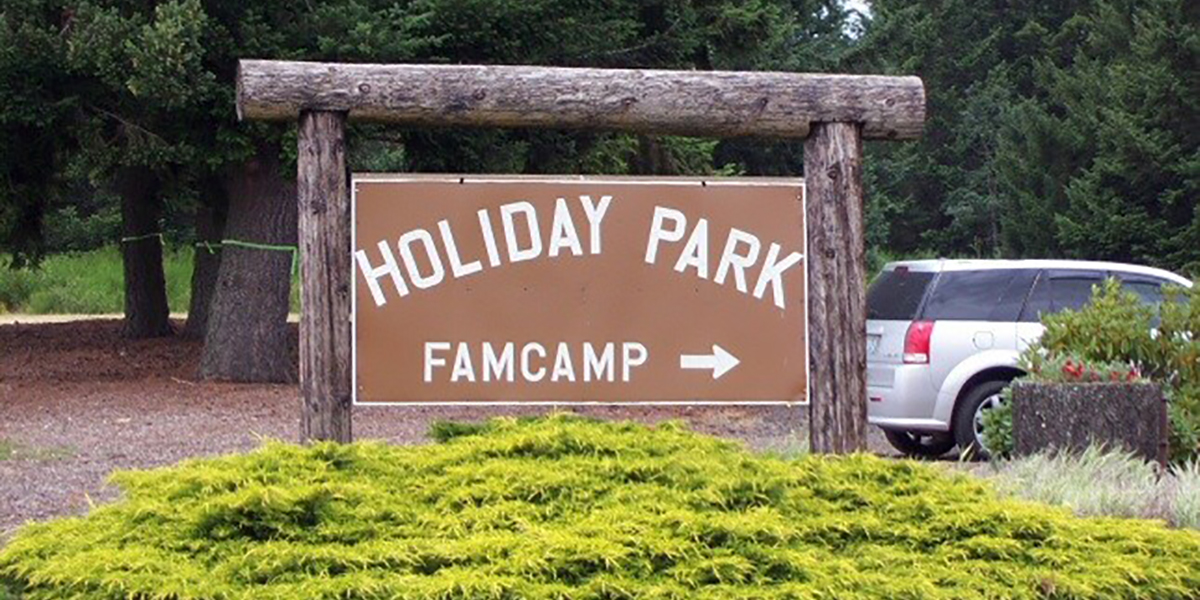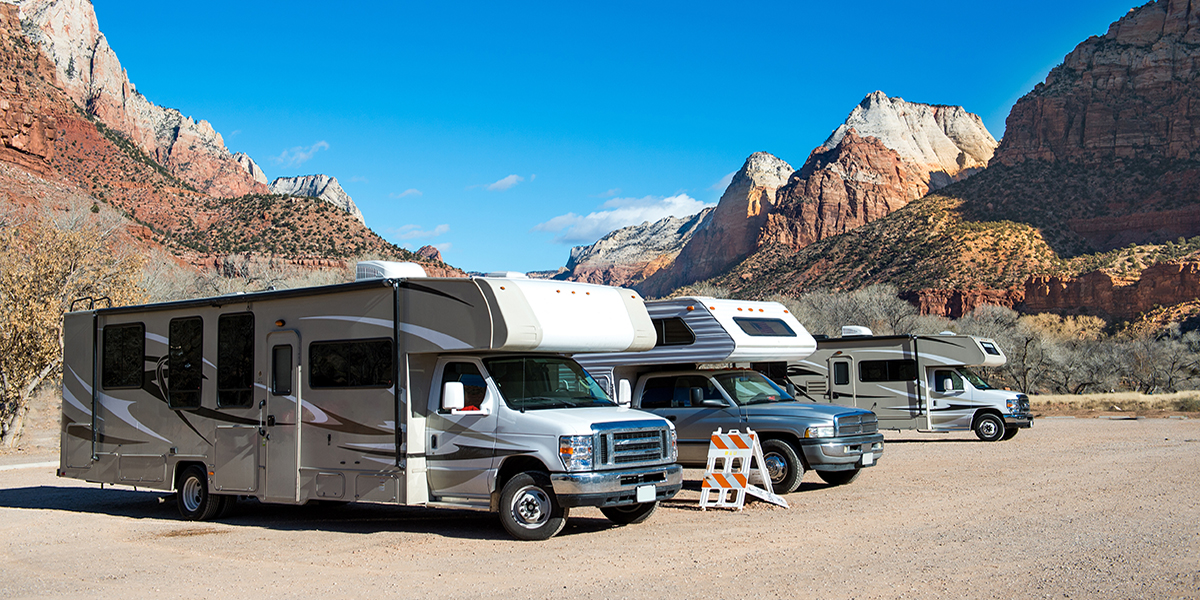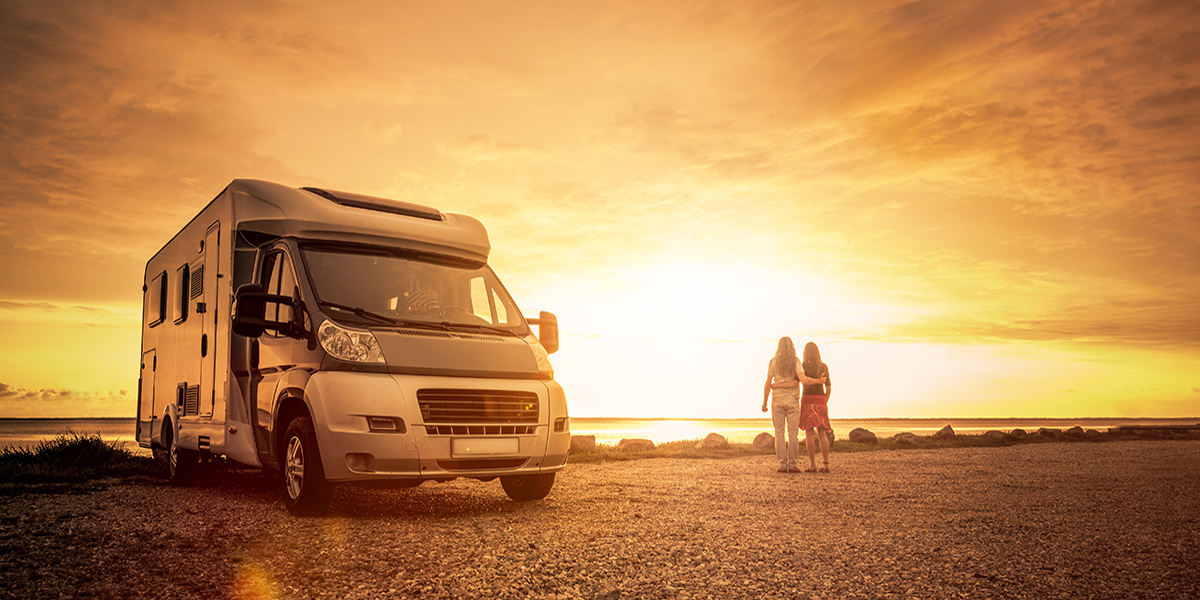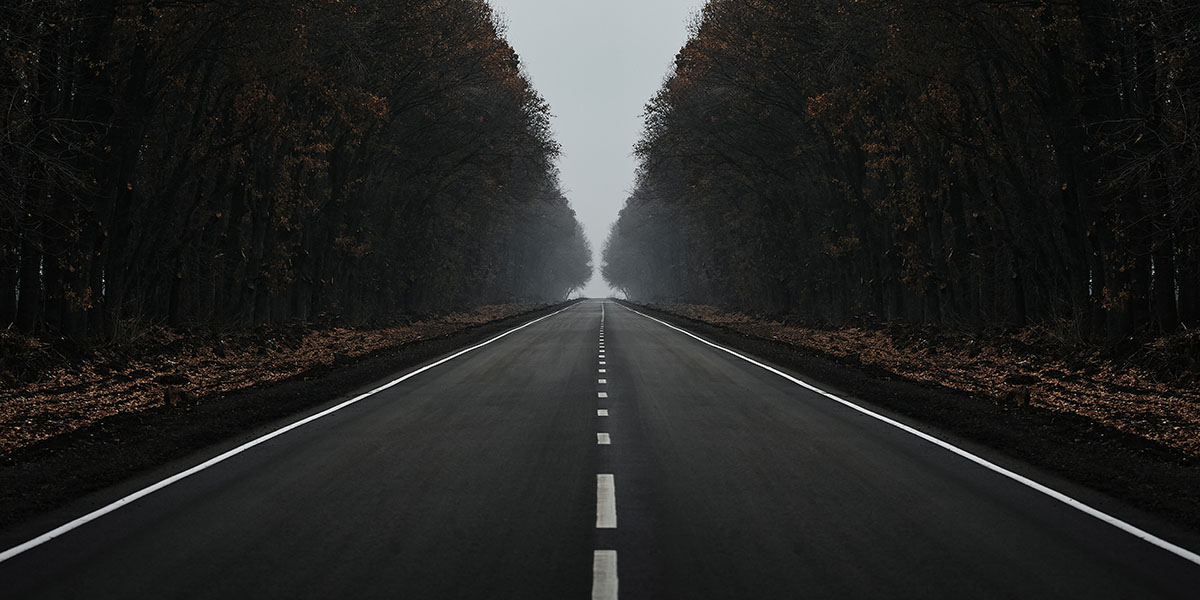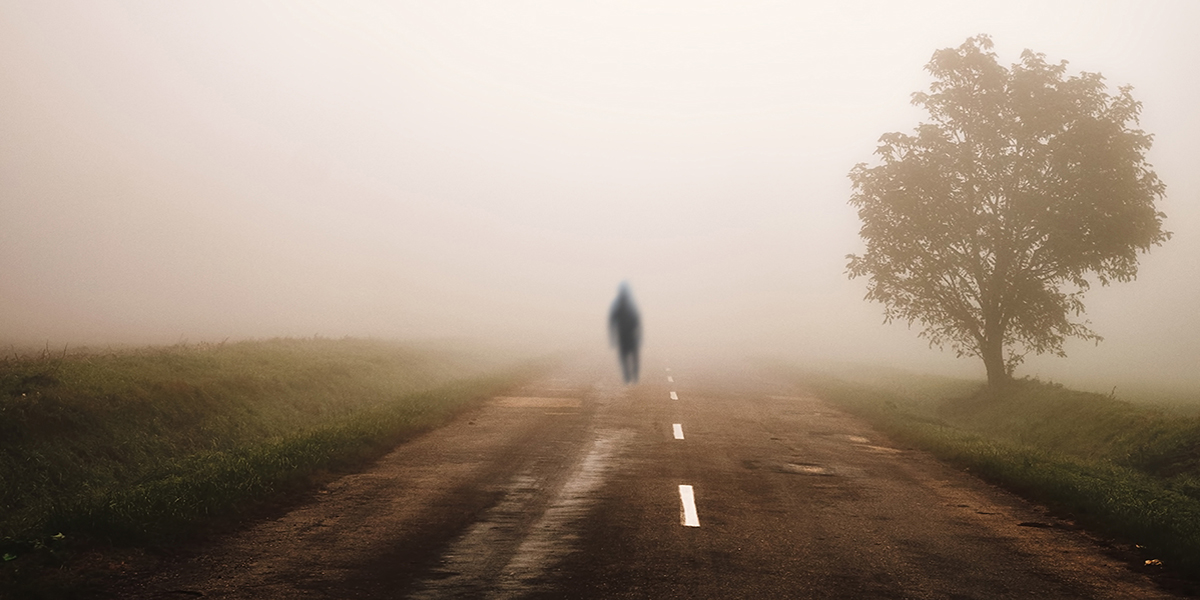As the leading online marketplace for buying and selling RVs, RV Trader understands just how useful the Internet can be in finding your next recreational vehicle. However, it is essential that online shoppers always be on the lookout for scams. Spikes in scams occur around the holidays in retail, but they can happen all year round. Because we always want our customers to be safe, we’ve put together a list of 13 tips for avoiding scams when buying online.
1. Confirm the Seller is Real
A seller should always clearly provide the name of their company, as well as their physical address, telephone number, and email address (1). If they don’t provide that information, that’s an immediate warning sign. If they do provide the information, you need to check that it is accurate.
- Plug the physical address into Google Maps to make sure the location is where a legitimate business might operate.
- Do a search online for the phone number provided to see if it returns the company or if people report getting spam calls from the number.
- Ensure that any email or telephone number you are given is an exact match of the contact information on the Contact Page of the seller’s official website. For example, anyone contacting you from RV Trader directly will have an @rvtrader.com or @traderinteractive.com email address – never a Gmail, Yahoo, or any other personal email provider domain.
2. Check Online Reviews
Leaving and reading company and product reviews has become a huge aspect of online shopping, and continues to grow. People who have been scammed by a company are very likely to have left an online review about their experience. Search for the company’s name along with the keyword “reviews” or “scam” and see what other people have said.
3. Ask Your Peers
Instead of only seeing what strangers have said online, ask your friends, coworkers, and industry peers if they have used the company in the past and what their experience was working with the seller. They can not only let you know if the seller would be a quality partner, but also how the seller typically communicated with them so you can know if anything seems off about their communications.
4. Evaluate the Website
Thoroughly review the seller’s website to make sure it looks professional (1). Most fake websites will look somewhat strange, with spelling and grammar mistakes, low-quality product images, and other oddities. This can help them naturally filter out cautious shoppers; they know that if you don’t catch simple mistakes on a website, then you’re not likely to catch their scam either. Avoid being pegged as an easy target by evaluating their content with a critical eye. You should also look for other claims on the website that could be verified. For example, if they have seals of approval or endorsement badges from a company you trust, like the Better Business Bureau, contact that company or view their website directories to check if they really have worked with or endorsed the seller.
5. Confirm the Product is Real
You may want to verify that any pictures of inventory are of the actual for-sale product and are not stock images from online (1). To make sure you are buying the specific product in the pictures, ask the seller for a photo of the unit that includes the seller holding a piece of paper with their name and the date, or anything else you ask for. It may be a slight inconvenience to them, but you should be suspicious if they refuse to provide the photo.
6. Confirm the Deal is Real
Sometimes companies really do offer amazing deals, but most of the time when something sounds too good to be true, it probably is. Scammers will often say you’ve won a prize, but claim you have to provide sensitive information and/or send them money for the taxes, fees, or shipping costs. Typically prizes don’t come with any charges to the winner, so that’s already a big red flag, but also ask yourself if the prize is reasonable or if it seems over the top. Finally, ask yourself if any deal or giveaway fits the pattern of typical behavior for the company and if they’ve offered similar deals or prizes in the past. If you’ve never signed up for a contest, or heard of the company making comparable deals to the one they’re offering you, that’s another huge warning sign.
7. Use Caution When Clicking Links
Sometimes a scam goes beyond tricking you into sending money, but instead involves directly stealing your identity and/or hacking your computer and online accounts. This is why you should be wary of clicking unknown links in emails or on websites. Scam links could redirect you to an unsafe site or may download a virus onto your computer. Always hover your mouse over links, which will cause a link preview to appear either by the mouse icon or near the bottom of the browser, letting you know where a link would really redirect you. It’s also a good idea to right-click on the link, copy the website address, and then search for it online to see what comes back. Only click links when you know and trust the site it leads to.
8. Don’t Give Out Too Much Info
When making an online purchase, typically the only information required will be your name, credit card details, and address, as well as possibly your phone number (1). If the website asks you for anything additional, especially including sensitive data like your social security number, you should be suspicious.
9. Only Enter Info on Secure Sites
When providing personal information, only do so on websites with an SSL or TLS encryption. These encryptions create a secure connection between your web browser and the server of the company you are interacting with, with no outside observation or interference. Websites with secure encryptions will display a padlock symbol in the address bar of your browser, and the first letters in the address bar will be “https” instead of simply “https.” Be sure you see those signs, especially when you reach the payment stage.
10. Only Use Secure Payment Methods
When you pay for something online, you should follow three security guidelines (1). First, always pay on a page that is secured, as we just discussed. Second, pay by credit card as you may be able to recover your money from the credit card company if fraud occurs. Third, avoid direct money transfers, as it can be nearly impossible to get your money back if you are scammed or have issues with the product.
11. Use Credit Card Protection Services
Many credit card companies will offer a unique credit card number that you can use for specific websites (2). These card protection services ensure that if somebody gets hold of your credit card information from a transaction on those select websites, they can’t use it on any other sites, saving you from being scammed out of significant money.
12. Regularly Check Bank Statements
Use your banking website or app to review the electronic statements for your credit and debit cards and checking accounts regularly instead of waiting for the physical bill to arrive (if you even still get a paper bill anymore). This helps you control any fraudulent charges and take immediate action by calling your bank or card issuer (1).
13. Check Privacy Policies & Consumer Rights
Seller’s should always have a page on their website detailing their privacy policy. Check this policy to make sure the company will not use your personal info for anything other than the purchase. Online businesses also must provide clear and correct information about your rights as a consumer (1). A seller should clearly describe your rights regarding returns or warranties. If a seller lacks these statements, use caution.
We hope these tips are able to help you successfully avoid online scams, whether you’re buying a Class A on RV Trader, or any other inventory online. And we want to hear from you – what are your tips for avoiding online scams? Let us know in the comments below.
 FMCA educates, equips, and empowers RV owners in their journey to creating, experiencing, and benefiting from the outdoor lifestyle they dream of and deserve. FMCA is your ally to the outdoor lifestyle you love and enjoy.
FMCA educates, equips, and empowers RV owners in their journey to creating, experiencing, and benefiting from the outdoor lifestyle they dream of and deserve. FMCA is your ally to the outdoor lifestyle you love and enjoy.